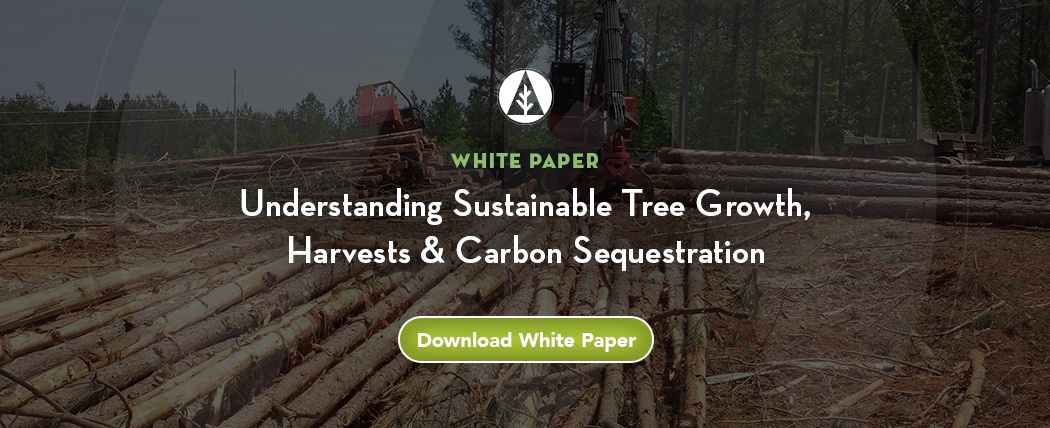
The 2021 UN Climate Change Conference (COP26) in Glasgow is highlighting ambitious climate goals that will shape global policy and investment decision-making over the coming decade. Closer to home - and on a more functional level - individual organizations are proactively seeking methods to address their own carbon emissions, and this demand has created new opportunities for forest landowners to be compensated for providing an important ecosystem service: the storage and accumulation of carbon on their woodlands.
Eric Kingsley, Vice President of Innovative Natural Resource Solutions, addressed this topic as the keynote speaker at this year’s Massachusetts Forest Alliance annual meeting held on October 23. Kingsley’s presentation focused on developing forest carbon markets and the opportunities they may offer many forest landowners.
The presentation is timely, as new markets are emerging that pay landowners to increase or retain carbon in their forests via continuous tree growth, paid for by companies that either must (compliance) or want to (voluntary) offset their own carbon emissions. While forest carbon markets are still young — most began developing at the beginning of this century — private forest landowners have thus far been paid over $2.8 billion for carbon uptake and storage.
There are now two major markets for forest carbon: a compliance market and a voluntary market. Both markets require a detailed inventory of each registered forest to determine how much carbon is present, which is then used to model future forest growth and estimate how many credits (and how much money) can be generated by the forest.
However, forestland that participates in a carbon sale does not need to be contiguous. For landowners that have a long-term plan to harvest at or below the level of growth, this can make carbon projects a good fit with existing forest management plans and harvesting regimes. Currently, the most financially attractive programs are not accessible to landowners with less than a few thousand acres, but that is beginning to change as new programs emerge and carbon markets evolve.
In his presentation, Kingsley addresses some of the most common questions timberland owners have about forest carbon markets, including:
- What are the different types of forest carbon projects?
- What makes a good carbon project?
- What carbon markets currently exist, and are more coming?
- What impact could these markets have on the forest products industry and new investments in the future?
Kingsley’s presentation is available as part of a recording of the annual meeting, which can be viewed in the video below. (His presentation starts at the 20:35 mark and is followed by other presentations on specific forest carbon opportunities.)
You can also view the slideshow without hearing the full presentation.





